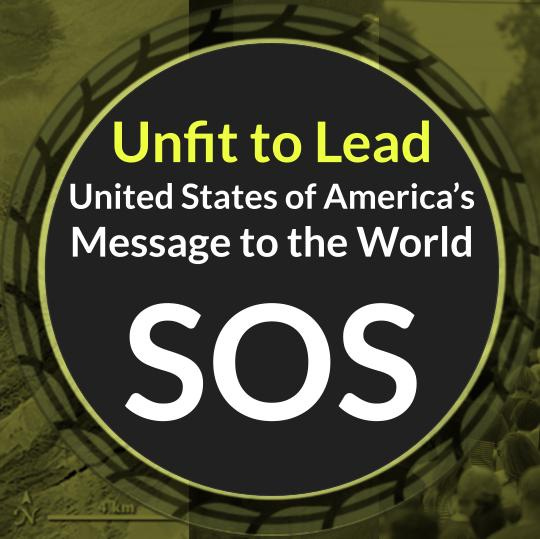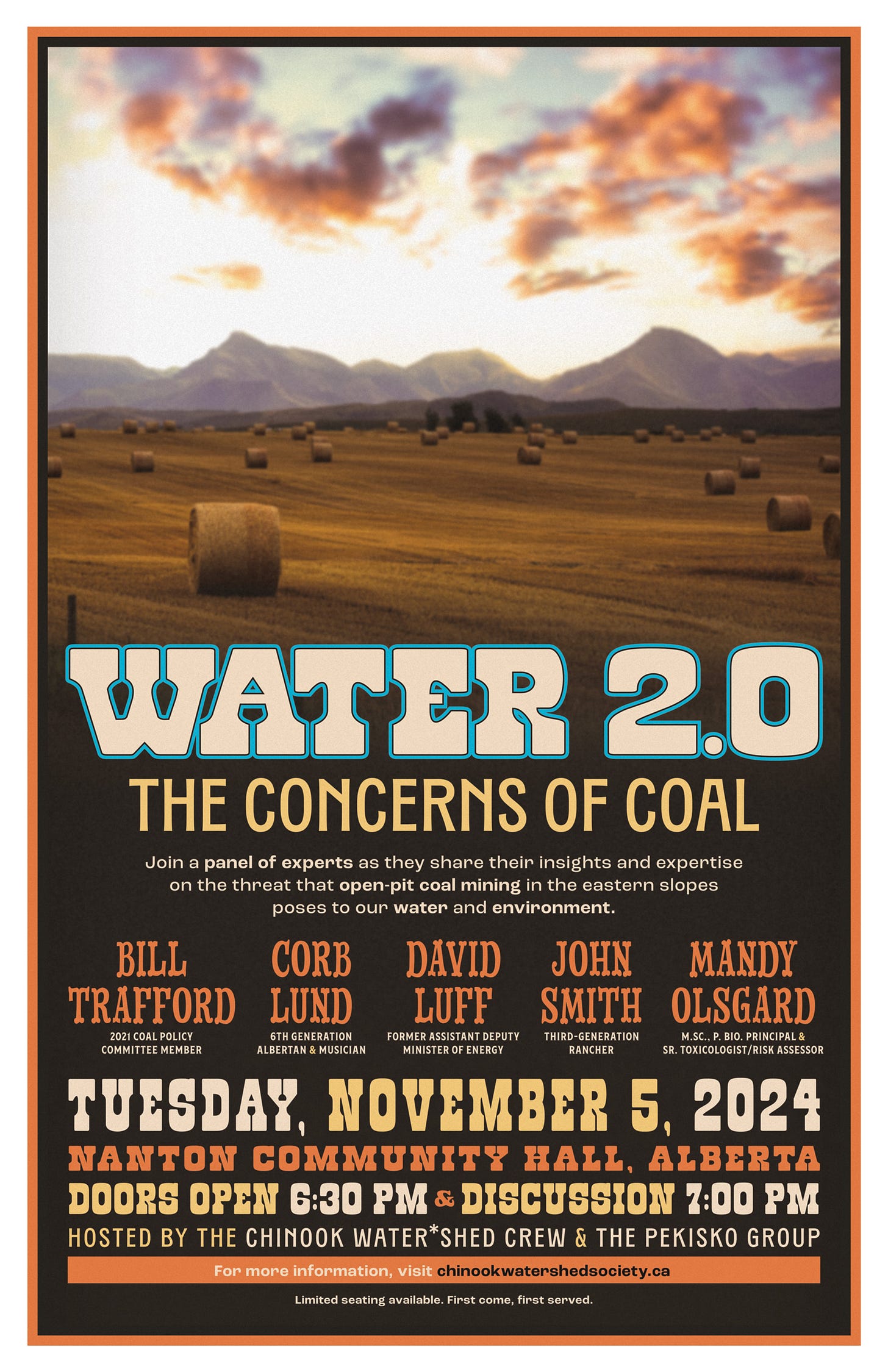Understanding that over consumption the major driver of planetary breakdown, the top household consumption per capita spender was the United States of America at $43,931 in 2021. Knowing productivity, or Gross Domestic Product (GDP), can no longer be the measure of a nation’s success, the USA is second to Bermuda with the Cayman Islands taking the third spot in “individual consumption per share of (GDP)”. A rapid reduction of emissions, through either environmental disaster or climate regulation, means an end to the global military-industrial complex while “the United States spends more on the military than any other country, up to almost 40% of the total military expenditures worldwide.” If there is anything to take away from the outcome of the United States 2024 election is that this once great nation is no longer fit to lead.
My middle sister worked for victims services about eight years in my home town of St. Albert, Alberta. St. Albert is the epitome of US suburbia, extremely white and wealthy. I knew the only homeless person the city had in the 1990s by name, Louis. It was a shock to find out how overloaded victims services is in St. Albert. My sister would explain, often through tears, how difficult it was to see and hear the daily stories of abuse. We would discuss the circumstances at length, anonymous. I would ask over and over again, “How can someone stay in these abusive relationships?” After leaving the work, from the lack of support and an inability to continue to be witness to serial abuse, my sister and I concluded the victims cannot see another way. Fast forward to 2022, after twenty two years of trying to promote “responsible development” within the Alberta oil and gas industry I finally saw my abuser in full technicolour.
I am a Geophysicist by education and practice for 20 years but grew an interest liability management after going through the sale’s process at a start up company called Black Shire Energy. That is the clean up and restoration of Alberta’s 275,000 well, pipeline, and facility sites scattered across the province. These liabilities are estimated to be $260 billion while the industry is spending less than $1 billion annually to address them. $130 billion of these liabilities are attributed to the Athabasca oil sands, the world’s largest environmental disaster underway.
By 2020 I was working for Canada’s largest producer, Canadian Natural Resources Limited (CNRL), when oil prices fell to zero during the global pandemic shutdown. In response, the Federal government provided a $1.7 billion economic stimulus package to rehabilitate sites across all three fossil fuel developing provinces British Columbia ($100 million), Alberta ($1.2 billion), and Saskatchewan ($400 million). My job was to review, recommend, and communicate the new policy and regulation improvements required by each province in order to be eligible for the federal funds, which was ultimately is Canadian taxpayer dollars.
BC, AB, and SK have a unique system, called the “Orphan Program” whereby the liabilities for any defunct company are the responsibility of the companies still standing. That responsibility is divvied up by per cent share of the existing liabilities. This meant that as companies became insolvent, CNRL was responsible for 22% of their liabilities. I would advise CNRL on the basis of what goes around, comes around. If company X goes bankrupt because the regulations are too lenient, CNRL would be on the hook for the costs. Their business model is to acquire, so they need to expect this problem to grow for them as they do. Example being the acquisition of Chevron, last month.
For example, the first task I was given was to review the financial health scoring system. Within a few months in the role, I was explaining that the ratios used to measure financial health were too forgiving. That to apply appropriate financial health scores would require tightening up the metrics and acting quicky while prices were suppressed. The problem was to accurately account for financial health meant putting two thirds of the companies into bankruptcy. An approach, I was told, was not popular within the Alberta Government or Alberta Energy Regulator (AER).
Month after month, I would show data as to how the liability issue was getting worse by not taking swift action. The AER allowed transfer after transfer of liabilities to companies that clearly did not have the financial wherewithal or technical capabilities. I would discuss at length with my mentor how none of this made sense. Why won’t the government act? Why doesn’t the AER use the tools they have to hold companies accountable. I was privy to exclusive or industry lobby group meetings with government and regulatory officials from every level of staff to executives. I was an industry lobbyist without fully understanding what a lobbyist was.
In early 2022, with a mission to “influence the legacy of our industry positively for all involved” I decided I would learn three things: 1) What does it cost to clean up and reclaim sites well? 2) How can we forecast the work better? and 3) What does “best in class” liability reduction look like? Fast forward to June 21, 2022, I was presenting the concept of “lifecycle management” to my Geophysicist and Geologist peers at the annual Calgary GeoConvention.
I explained to them how we are not seeing the problems we are creating and that the work to closedown the system is very similar to the work that built it up. That the real measure of success is sites removed off the land with the environment restored, and that the Alberta government finally put sites on timelines through brand new land stewardship laws! Instead of mapping reservoirs, we can map contamination plumes. Instead of picking drilling locations, we can ensure wells are safely put to bed. That there is feel-good work to employ us for decades to come!
A long time friend was in the audience, he asked, “Why are you sharing this with us? Isn’t this work already happening?” “Yes, the work is happening”, I replied, “but there is a lack of leadership.” Little did the audience know that I had a meeting scheduled the next morning with four CNRL executives in a boardroom I did not know existed.
I was given a disciplinary letter, told that: I do not communicate well; information required of me was not provided to the executive team with timely notice; that the three initiatives I set out for the year are no longer my responsibility; and all work I was to do needed to be cleared by my new boss with no scientific background and no understanding of the liability problems. I told them what I had learned from my sister, “Do you know why the abused stay in abusive relationships? Because they cannot see another way forward. You are in an abusive relationship with your leaders and you cannot see outside the abuse. I am not the problem.” I exclaimed, “Liability is the problem, I am trying to solve this problem and you do not even want to hear the solutions.” When I exited the room I nearly pulled the door off its hinges.
Here I am, more than two years later. And what have I learned?
Alberta is leading the oil and gas industry strategy for the Western World. What we do and don’t do sets the tone. Here are two examples: from 1975, “While Exxon is an American company, the document at issue here was stamped with the seal of the central library of Imperial Oil Limited, and included an article by Imperial Chairman and CEO W.O. Twaits. This article, called ‘The Environment: Whose Responsibility?’ is actually a transcript of a video that was made for Imperial employees, ‘to tell the people who work for Imperial what the company expects from them in the fight against pollution.' Twaits was clear that he was addressing ‘every Imperial oil person, from board room to service station,’ and that all of their participation was necessary for upholding the company’s commitment to ‘environmental protection as a way of life.’ This video and, later, its publication in written form, served the parallel purposes of proclaiming that Imperial was ‘a leader in the pollution fight’ and that this fight needed to be taken up by every individual employee in order to be effective.'“ And secondly, last weekend the Alberta government, supported by the Canadian Oil and Gas lobbyists, is abandoning it’s supposed Emission Reduction and Energy Development Plan. The platform it released and ran on just last spring in the 2023 provincial election.
The government and regulator only answers to corporations. I requested podcast participation from representatives within the Departments of Energy and Environment as wells as the Regulator (AER) on the “most important issue for Albertans, the $260 billion liability clean up and restoration”. My request was denied outright from all three branches, I informed the media contacts that I have met with these folks several times in the two years that I was in the industry, in liability management for CNRL. Meetings with the Assistant and Deputy Energy Ministers, the President and Directors within the AER, as well as several executives and directors within the Ministry of Environment. The reply was “no”. The advisor to the premier, who is also on the AER board, yes, that is a complete conflict of interest told me that he has signed too many NDAs to participate and that he is “working on a project that I’m hoping will change the channel” and later that not speaking with the public is “how we got into this mess”. The US oil and gas lobby is ready to follow Alberta’s lead.
The only future we have is the one where we citizens and stewards work together and stand up for our communities, water, and the living world. I attended a townhall last night, in Nanton, Alberta.
A discussion about not polluting our headwaters, the headwaters that serve 40% of North America, with coal mining. A battle fought and won just three years prior only to return again because an Australian billionaire was duped into buying a mine that was closed decades ago due to “a lack of economic value”. The only tool used to drive decisions within the Regulator, Mandy Olsgard tells us from her experience there. It was extremely well intentioned and attended. Corb Lund, a country music star and Southern Alberta rancher, held the room together by singing a song and stating, “this is not about left or right but about right and wrong." As well as, “I do not care who you vote for as long as you hold them to account.”
There is no time to waste and no climate crisis leadership within the Alberta Government or our Corporate Executives, and the United States is about to unleash the Alberta playbook. Do not look away in defeat, hear the plea of the people of the United States of America. They don’t got this, if we don’t got this, and we do not have this. Seeing another way is up to you and me, or other countries, not the United States of America.
Here is what I am doing about it, should you wish to get involved in any capacity, please fill out this form.
Sincerely,
Jennifer D. Yeremiy, P. Geoph






